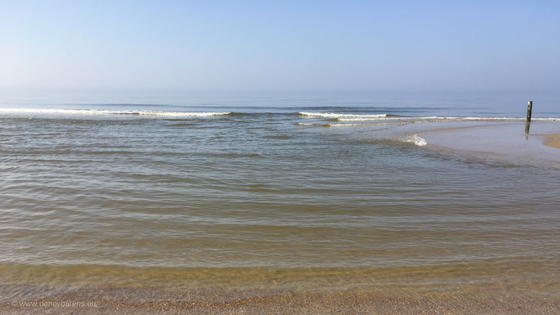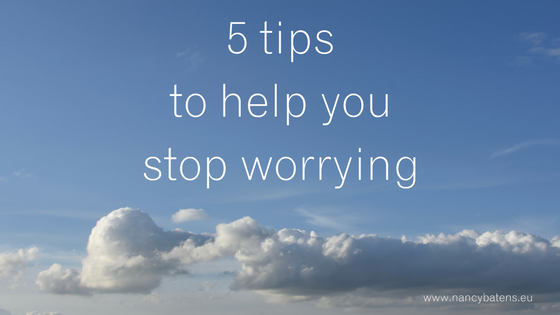Last Sunday I had a lovely day at the beach.
I was very much aware of the ‘silence of nature’, the soothing sound of the waves and I felt totally relaxed. I felt I was ‘recharging my batteries’. And this is what I would like to talk about today.
Very often people talk about energy leaks or drains on the one hand and energy givers on the other hand. Let’s have a closer look.
What are energy leaks or drains? These are the tasks or activities you don’t like to do, they make you tired, you might want to postpone them…
For me, some examples are: dealing with ‘resistance’ during a course, ‘victims’, business traveling, my disorganised office (yes, still…)…
Keep on wanting to change something that is not under your control (like for instance somebody else’s behaviour) may be a big leak. Or doing a job that doesn’t give you any satisfaction… Or complaining colleagues…
On the other hand we have the energy givers: activities that make you happy, that give you energy. Again, this can be anything … If I speak for myself it can be working on some creative project, seeing a participant ‘getting it’ during a training, quality time with my nieces and nephews, brainstorming with like minded people, and many other things… Other energy givers can be doing sports, dancing, engaging in your hobby, … the list is endless.
The standard advice is to decrease your energy leaks and drains and to increase your energy givers. That makes sense, right?
So, it could be useful for you to think about your own energy leaks and givers, the ratio between them and how you could do something about it (if necessary).
But where is the problem? Many people think there are only these 2 categories. So… as long as they have enough energy givers, they are safe… (I used to think this too).
And this is not true. While it is important to have a lot of energy givers we also need something else. Energy givers give energy. However, you don’t always have to feel ‘energetic’… Because feeling energetic costs energy! Are you still with me?
My friend Anouk said the following:
“There is being stressed, there is being relaxed and there is re-charge. And for your body to recharge you have to do something that asks very little of your body and mind. A good sleep is one, but meditation, bird watching, gardening, yin yoga, a massage, a bath, a facial, a sauna………. all these activities can help you to reload your batteries IF, and only IF you can do them with very very very very little effort. Rushing to the sauna, trying to stop your mind while discussing your friend’s marriage problems, knowing that your next appointment is in an hour and you should be getting ready to go is NOT a power recharge.”
And she is so right…
Recharging implies ‘SLOW’.
Lying on the beach, listening to the surf, I was recharging. Walking to that spot and back, slightly too quickly, having my 10.000 steps in mind, possibly ruined it a bit…
Do yourself a favour and make a list of the activities that are restful to you. And make sure to create space for them every day, a couple of times a day…
Especially before going to bed…
So what about you? Do you have a recharging activity? Do you create enough space for it? Let me know in the comments!
If you liked the above, you can sign up for more Tips & Tricks here.
Looking forward to hearing from you!


